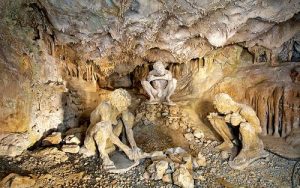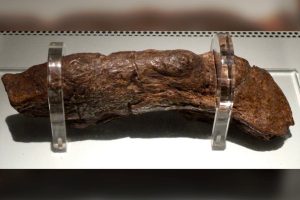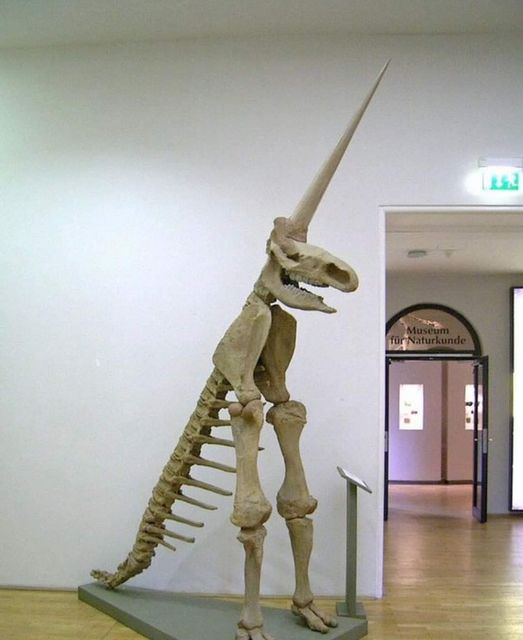
In the annals of paleontological history, few fossils have captured the imagination quite like the Magdeburg Unicorn. Discovered in 1663 in Germany, this partial fossilized skeleton was initially believed to belong to a mythical creature – the unicorn. However, further examination revealed it to be the remains of a woolly rhinoceros, shattering the fantastical notion of a one-horned equine. In this exploration, we delve into the fascinating story of the Magdeburg Unicorn, a curious case of mistaken identity that has endured through the ages.
Body: The Tale of the Magdeburg Unicorn
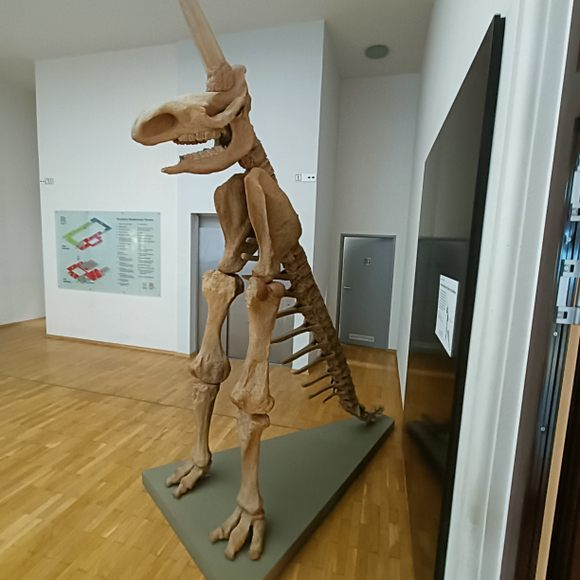
The discovery of the Magdeburg Unicorn in 1663 sparked a flurry of speculation and intrigue across Europe. Believed to be the skeletal remains of a legendary unicorn, the fossil captured the imagination of scholars and laypeople alike, fueling fantastical tales of mythical creatures roaming the earth. However, as scientific knowledge advanced, it became clear that the Magdeburg Unicorn was not a unicorn at all, but rather the fossilized remains of a woolly rhinoceros, a prehistoric mammal that once roamed the icy tundra of Europe during the Pleistocene epoch.
Unraveling the Mystery: From Myth to Reality
The misidentification of the Magdeburg Unicorn as a unicorn underscores the challenges and pitfalls of early paleontological research. In an era before the advent of modern scientific techniques and methodologies, scholars relied on limited knowledge and subjective interpretation to make sense of the natural world. As a result, misconceptions and misattributions were common, leading to the creation of fantastical narratives that blurred the line between myth and reality. The case of the Magdeburg Unicorn serves as a cautionary tale, reminding us of the importance of skepticism and critical inquiry in the pursuit of scientific knowledge.
The Legacy of the Magdeburg Unicorn
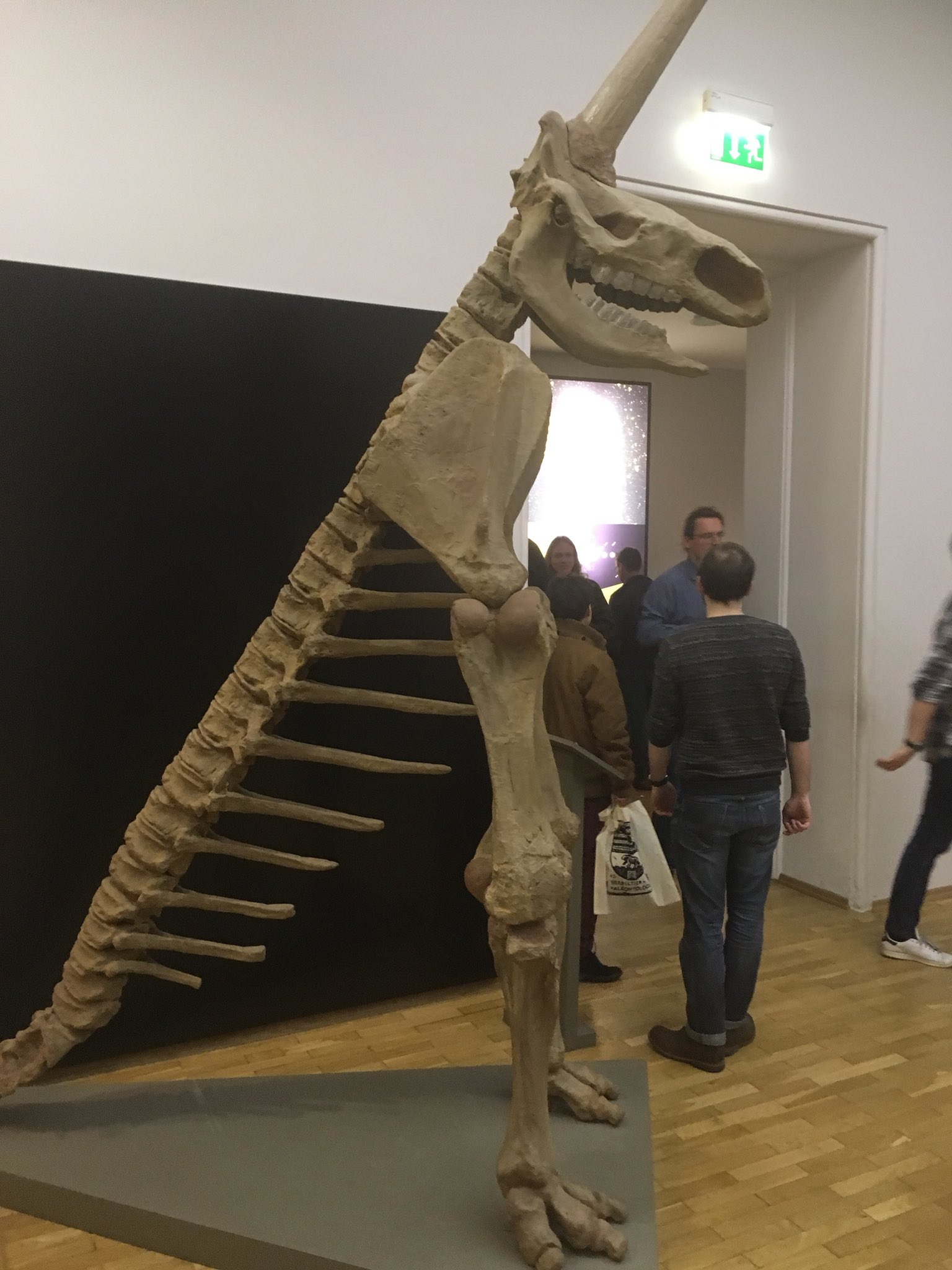
Despite its initial misidentification, the Magdeburg Unicorn remains a fascinating relic of scientific history, offering valuable insights into the evolution of paleontology as a discipline. The story of the Magdeburg Unicorn serves as a reminder of the enduring allure of mythical creatures and the human propensity for storytelling and imagination. While the truth behind the Magdeburg Unicorn may have been revealed, its legacy lives on as a symbol of curiosity, wonder, and the ever-present quest for knowledge.
Conclusion: Reflecting on the Mysteries of Paleontology
As we reflect on the curious case of the Magdeburg Unicorn, we are reminded of the complexities and uncertainties inherent in the study of paleontology. While modern scientific advancements have allowed us to unravel many mysteries of the past, there are still countless enigmas waiting to be discovered beneath the earth’s surface. Through continued archaeological research and exploration, we can hope to unearth new insights into the natural world and gain a deeper understanding of the creatures that once roamed the earth alongside us.
Archaeological Insights: Unearthing the Truth Behind the Magdeburg Unicorn
The story of the Magdeburg Unicorn serves as a testament to the importance of rigorous scientific inquiry and evidence-based research in the field of paleontology. Through careful excavation and analysis, archaeologists and paleontologists work tirelessly to uncover the truth behind ancient fossils and specimens, separating fact from fiction and shedding light on the mysteries of prehistoric life. While the Magdeburg Unicorn may have been a case of mistaken identity, it remains a valuable artifact of scientific history, offering valuable lessons for future generations of researchers and scholars.

